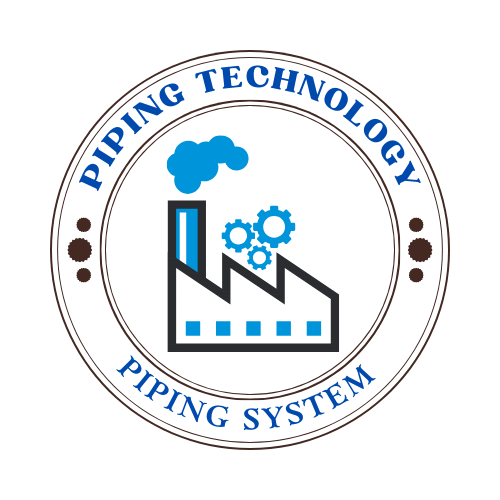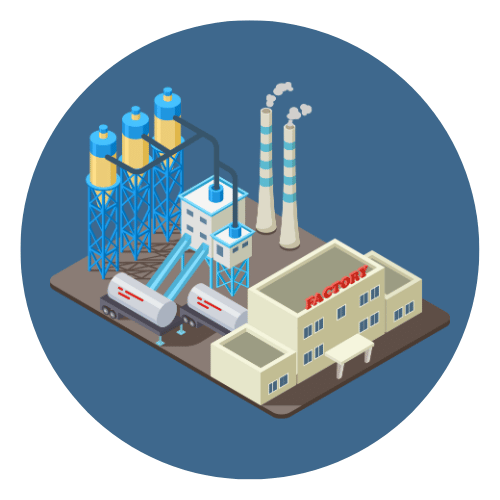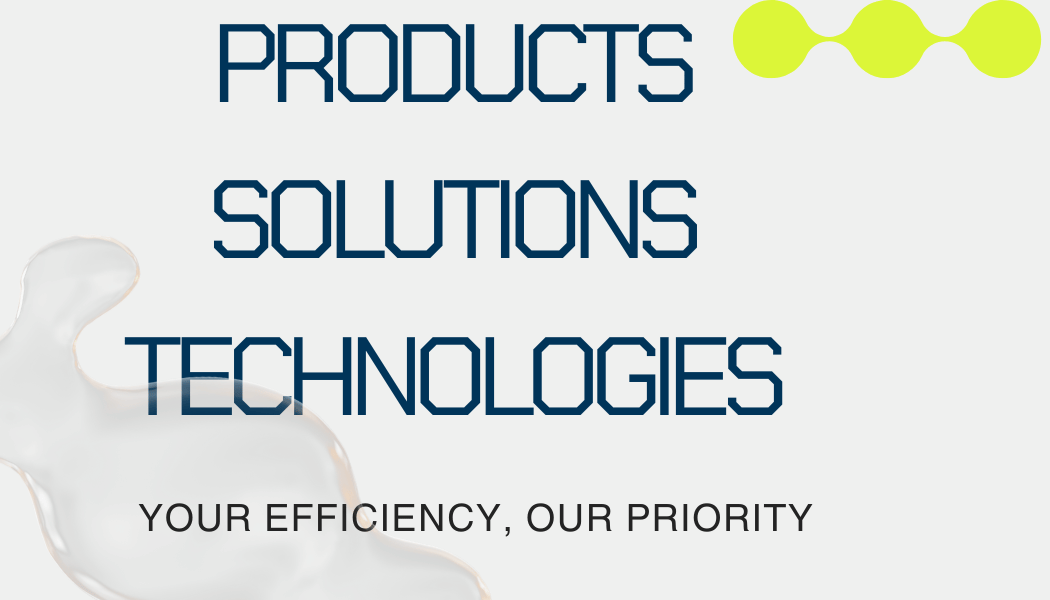3. Types of Boilers
Fire-Tube Boilers
Explanation of How They Work: In a fire-tube boiler, the hot gases produced by the combustion of fuel pass through a series of tubes that are surrounded by water. As the hot gases travel through the tubes, they transfer heat to the water, causing it to become hot and eventually convert into steam. The water in the boiler acts as a heat reservoir, absorbing the heat from the hot gases, and the steam produced is then collected in the boiler’s drum for distribution.
Common Applications: Fire-tube boilers are typically used in applications where the demand for steam or hot water is relatively low to medium. They are commonly found in:
- Small to medium-sized industrial facilities: For processes that require steam at lower pressures.
- Commercial buildings: Providing heating and hot water for hospitals, schools, and office buildings.
- Marine vessels: Used for ship propulsion and auxiliary power generation.

Explanation of How They Work: In a water-tube boiler, water flows through a series of tubes that are heated externally by the combustion gases. The design is the reverse of the fire-tube boiler, where the water is inside the tubes and the hot gases surround them. The high temperature of the gases causes the water inside the tubes to quickly turn into steam, which can then be collected in a drum for various applications. Water-tube boilers are capable of handling higher pressures and producing more steam compared to fire-tube boilers.
Common Applications: Water-tube boilers are typically used in high-pressure, high-temperature applications. They are commonly found in:
- Power plants: For generating electricity by driving steam turbines.
- Large industrial facilities: Used in processes that require high-pressure steam.
- Chemical and petrochemical plants: Where large volumes of steam are needed for chemical reactions and other processes.
Electric Boilers
Overview of Operation and Typical Uses: Electric boilers use electricity as the energy source to heat water or generate steam. Instead of burning fuel, electric elements within the boiler heat the water directly. These boilers are generally more compact and efficient because they do not require combustion, which eliminates the need for fuel storage and combustion-related components like chimneys.
Typical Uses:
- Residential heating: Electric boilers are often used in homes and small buildings where space is limited and emissions from combustion are a concern.
- Small industrial applications: Where lower steam outputs are needed, and where electricity is more readily available or cheaper than fossil fuels.
- Supplementary heating: In systems where renewable energy sources, like solar power, are used, electric boilers can serve as backup heating sources.
Combination Boilers
Explanation and Applications in Residential Settings: Combination boilers, often referred to as “combi boilers,” are a type of boiler that combines the functions of a central heating boiler and a water heater into a single, compact unit. They do not require a separate hot water cylinder or cold water storage tank, as they heat water directly from the mains supply when a hot water tap is turned on.
Applications in Residential Settings:
- Homes with limited space: Combi boilers are ideal for small homes and apartments where space is at a premium because they eliminate the need for bulky water storage tanks.
- On-demand hot water: They provide hot water instantly, making them convenient for households where water is needed on demand.
- Energy efficiency: Combi boilers are energy efficient as they only heat the water you use, reducing energy waste associated with storing hot water.
Key Components of a Boiler




 Automation System
Automation System  Energy Engineeing
Energy Engineeing  Instrumentation System
Instrumentation System  Mechanical Engineeing
Mechanical Engineeing  Piping Technologies
Piping Technologies  Transportations
Transportations  Manufacturing
Manufacturing  Training Material
Training Material 















